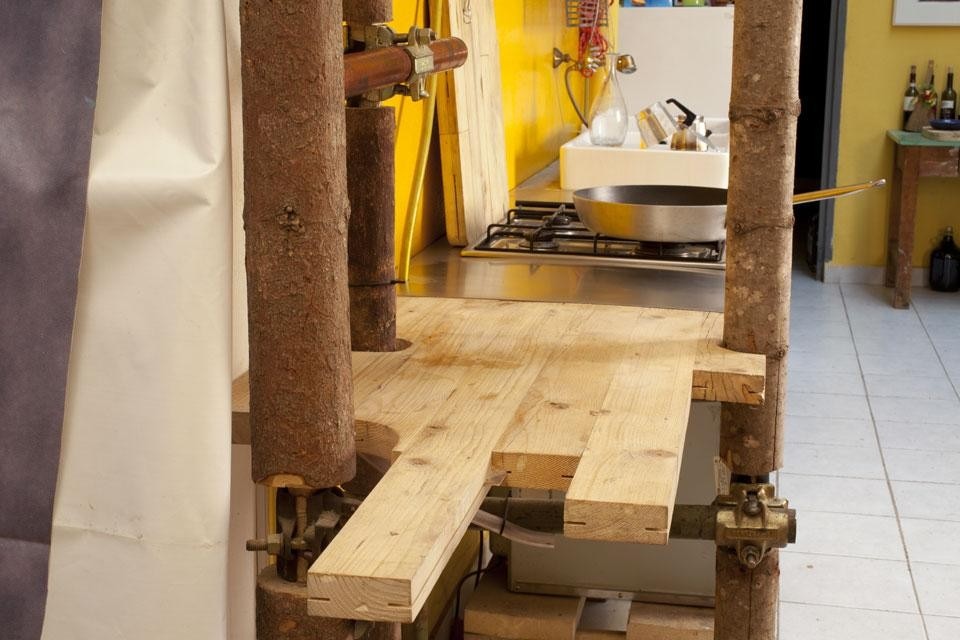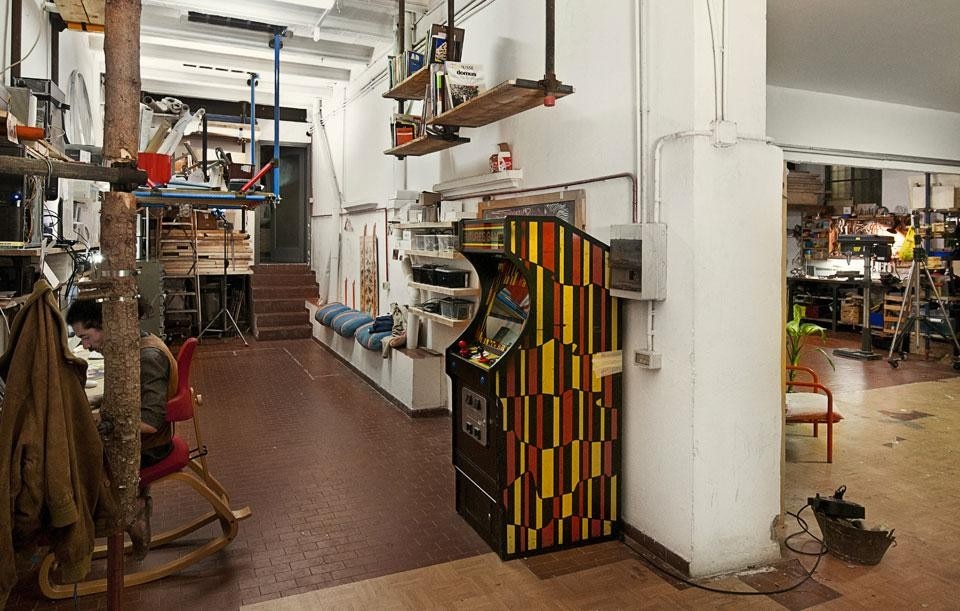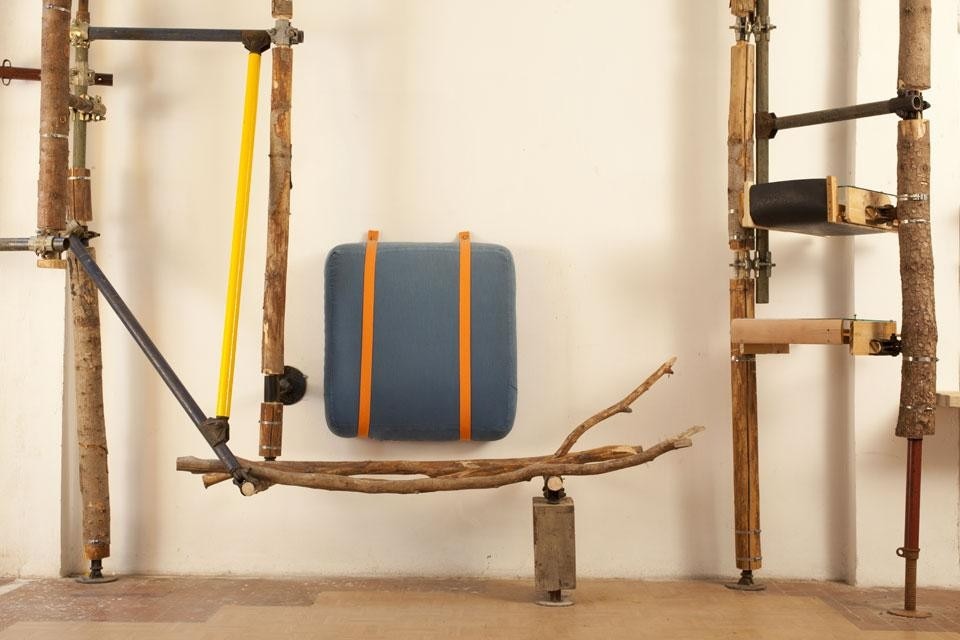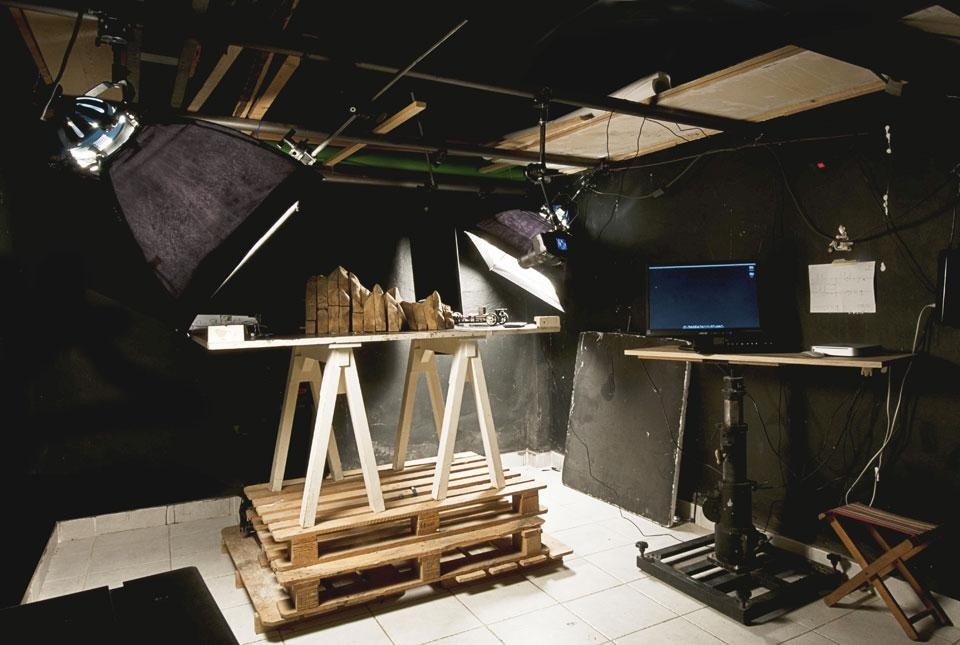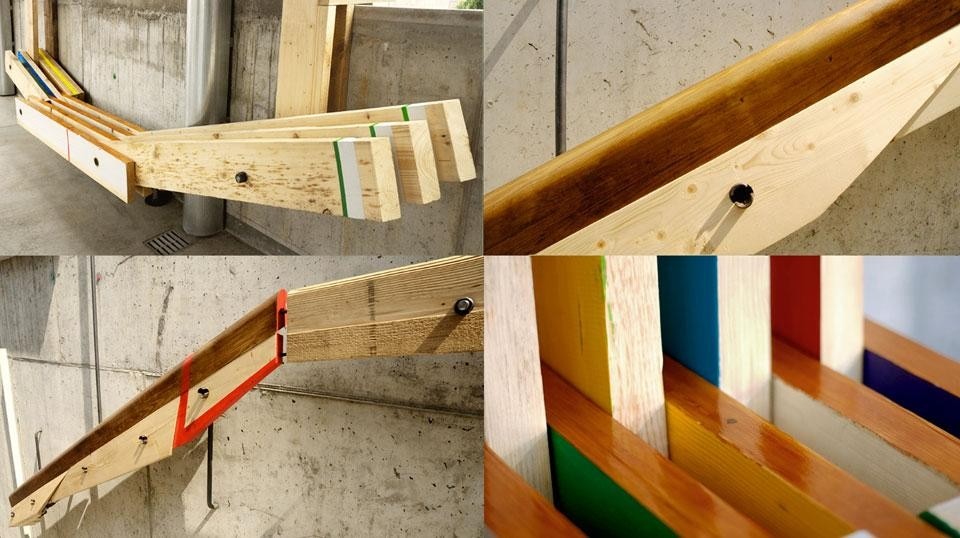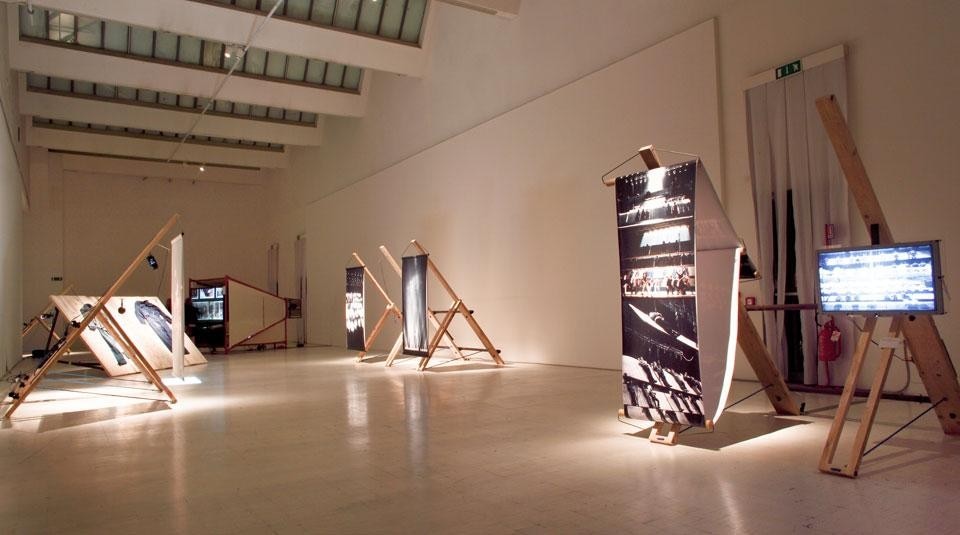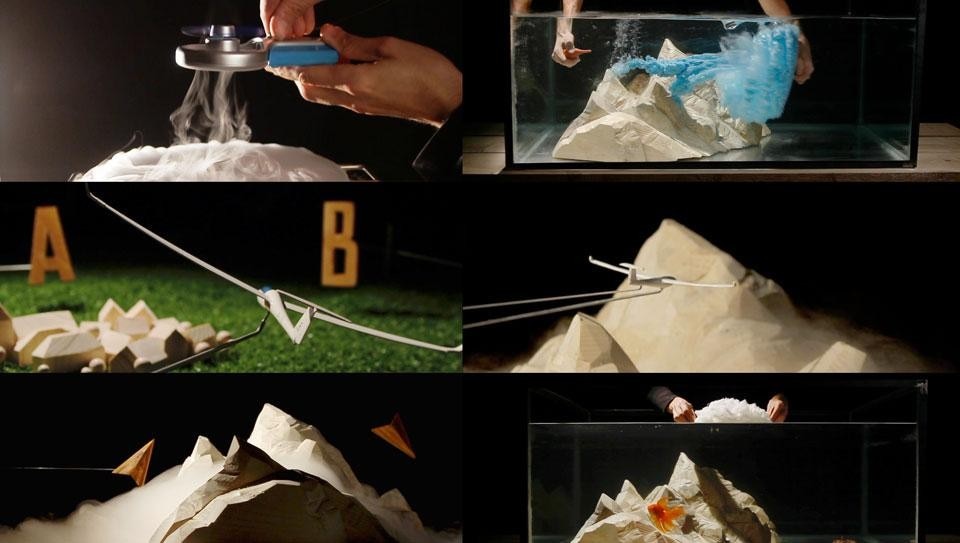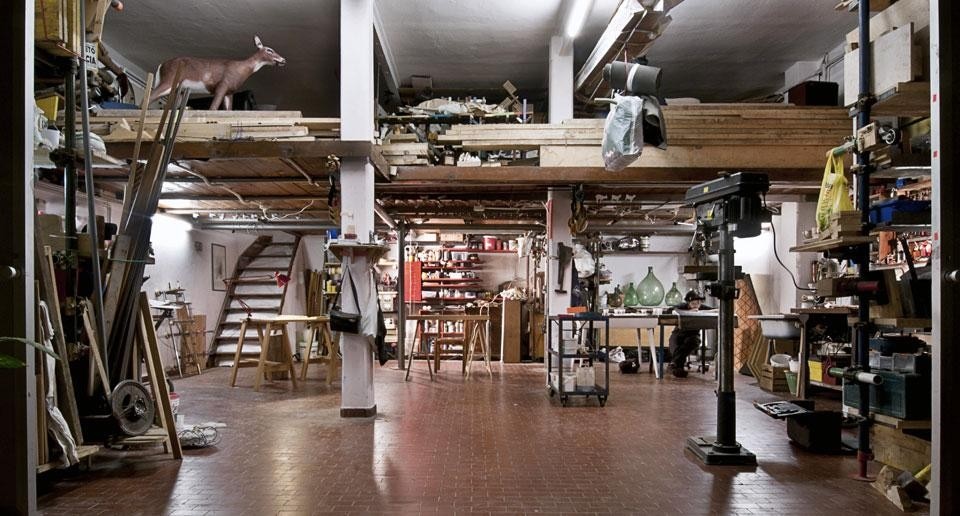For three reasons.
First of all, it's good for your eyes. Compared to Milan's many standardised studios (currently called "locations"), which were converted with more of an eye toward representational appearances than toward being home-based workplaces, MammaFotogramma, which has occupied its space since 2010, partly subletting to other micro-businesses, does not only function as a collector, but has also become a part of the group: by orienting, co-founding and transforming its members. From a production company, you would expect a deployment of digital appliances, computers and videos, but there is no such display.
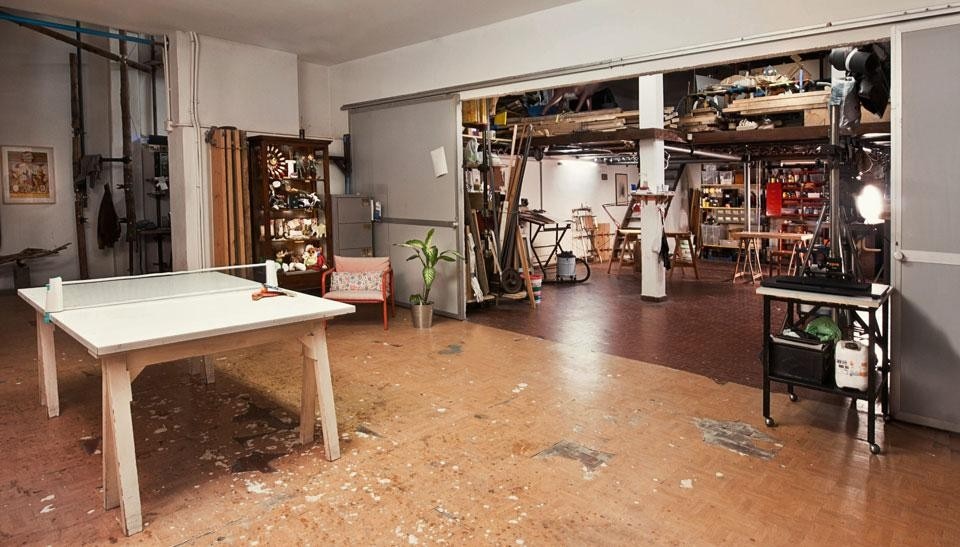
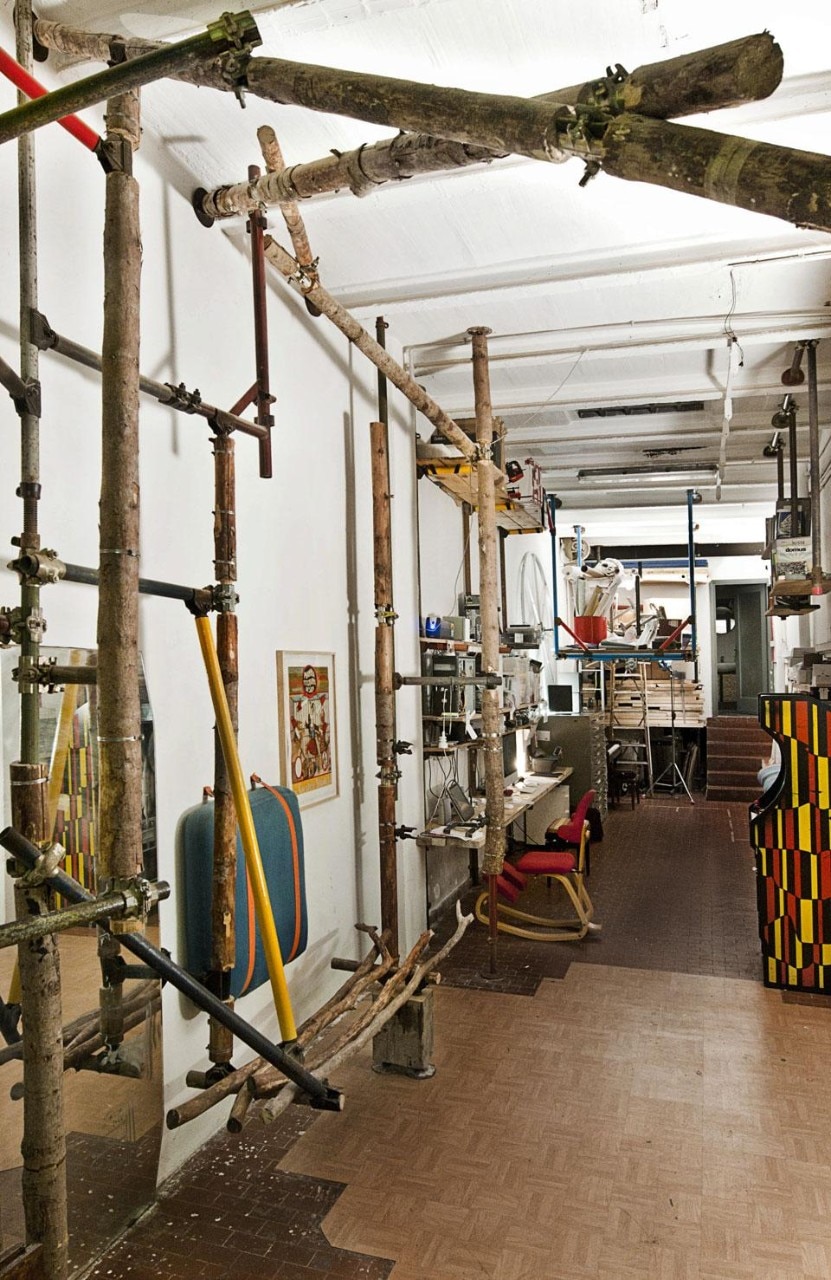
Here, self-production functionally enters the process of building the presses, moulds and instruments needed for the physical realisation of prototypes. But this is not the arrival point
